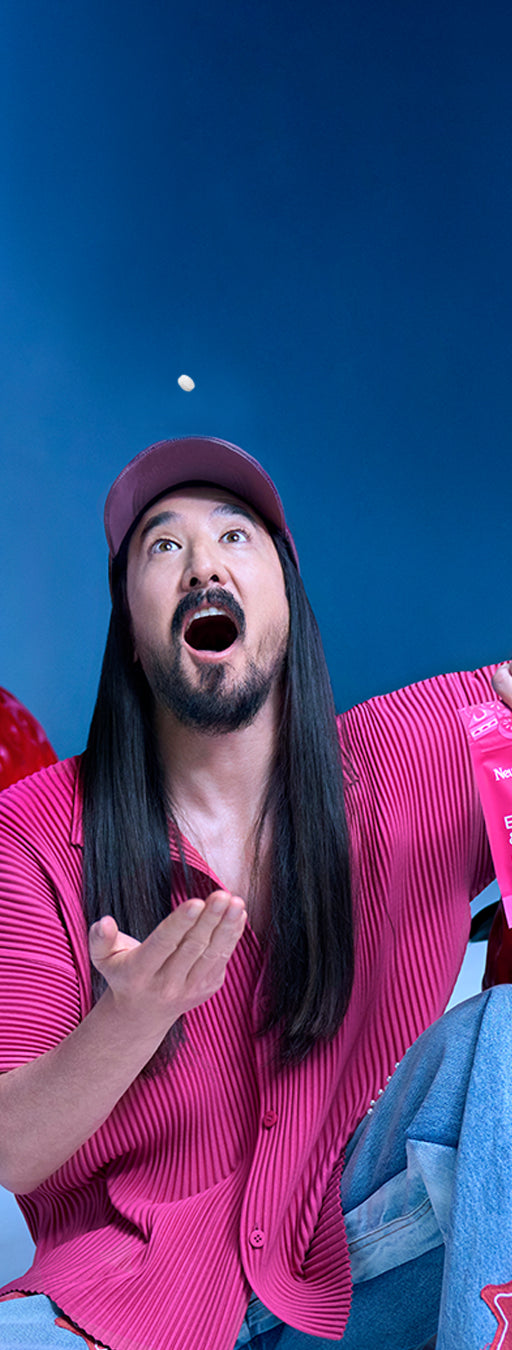Getting Your Creative Juices Flowing
It would be a very safe bet to claim there’s never been a person who hasn’t experienced some sort of a creator/writer’s block at one point in their life or another. It may actually have to do with writing, but more often than not, you simply find yourself in the position where you need to figure out a way to get something done, but things just won’t budge an inch. Before we can give you some concrete tips on how to overcome this debilitating ordeal, we need to get to the bottom of what we actually mean by the term “creativity”.
Creativity, Disambiguated

On the surface, creativity is explained easily enough – it’s the ability to create something new. And on the surface, it is also most frequently associated with the artistic types, as you’ll hear critics sing the praises of various authors for their creativity. But there is more to this, and it’s something that hits a lot closer to home.
Just think about the last time you wished you were more creative. Odds are, you weren’t trying to compose a symphony, you just needed to solve some everyday problem, be it work-related or something as mundane as thinking of a nice birthday present to get for a friend. While we completely agree that true artistic endeavors might require some innate vision and drive too incorporeal to be influenced by quick fixes, creativity, as it pertains to everyday situations, is a lot more manageable.
If we accept that creativity can also be interpreted as the ability to create a solution for the task at hand, then it essentially boils down to problem-solving, which is a skill that can be both learned and improved upon with training. And if you can train a skill, then there are also shortcuts you can take when you need to jump start your (creative) engine. Shortcuts such as:
-
Divide and Conquer

The first step is always the hardest. If the task ahead of you is so massive that you doubt you’ll ever see the end of it, you’ll start thinking there’s no point in doing any work, since you won’t be able to get to the finish line either way. Once you’ve demoralized yourself in this manner, it’s of little surprise that your well of ideas will run dry.
To combat this, split your task into bite-sized chunks. Don’t try to come up with an idea that will solve everything, simply figure out the first move. One small step at a time and you’ll be nearing the end before you know it.
-
Focus

When you’re dealing with a difficult task, particularly in an area you’re unfamiliar with, your brain will start seeking distractions, and no matter how smart you are, brain capacity is a finite resource. This means you need to do away with all potential distractions. Before you get down to business, do all the chores that are waiting for you, make all the phone calls you need to, and finish watching that funny cat video.
-
Hit the Gym

Even if your work does get off to a good start, mental fatigue might set in after a while. This is the best time to go and get a workout. Vigorous exercise is scientifically proven to aid mental processes, one such proof being this study (1), published by the National Institutes of Health, which connects physical activity with “enhanced cognitive processing”.
-
Just Walk

If lifting weights isn’t your thing, you could try walking around while you work, as research (2) has shown that this activity can also improve creative thinking. This is precisely the reason why “walking meetings” are a growing trend in modern companies.
Bonus tip: If you want to try this out in your office and you’re using a laptop, try placing it somewhere up high so you can use it without needing to sit back down.
-
Grab a Buddy

Having someone to bounce ideas off of can be a tremendous boost to your creative process. Even if they give you an idea that doesn’t work, analyzing why that idea is wrong can set you well on your way to getting it right.
When All Else Fails, “Cheat”

If you were asked to name a person famous for their creativity, you’d be hard-pressed to think of an answer better than William Shakespeare. Immortalized by his sonnets and plays, Shakespeare is well-known for being one of the most popular and enduring writers of all time. What is less well-known is the fact that virtually all of his plays, which have brought him everlasting fame, were heavily inspired by other works.
The point of this literature history tidbit is to show that there is nothing inherently wrong with using other people’s work in your own projects, provided it’s done in the correct manner. As we’ve previously mentioned, being faced with a task of colossal size is one of the things most likely to stop your creative process dead in its tracks, so there is no reason not to take advantage of the fact that someone else has already done some of the heavy lifting for you, as long as you give credit where credit is due.
If you’re stuck, take a peek at how other people have handled challenges similar to the ones you’re faced with – the rise of the Internet has made this easier than ever. Even if you don’t find a concrete solution, just seeing an issue from someone else’s point of view can be all the boost your own creative process needs. Once again, just make sure you properly acknowledge the contributions of others, as being accused of plagiarism is a surefire way to see all of your work go down the drain, even the parts you’ve created all by your lonesome.
Creativity is a trait which needs to be nourished and developed over a long period of time in order to truly flourish – it strengthens with use and withers with disuse. And while this does mean that nothing can replace a healthy lifestyle combined with the drive to seek out and overcome creative challenges on a routine basis, we hope that this text has at least given you a few ideas you could try when you need to get out of a tight spot.
Resources:
(1) https://www.ncbi.nlm.nih.gov/pubmed/23795769
(2) https://news.stanford.edu/news/2014/april/walking-vs-sitting-042414.html?hn




























